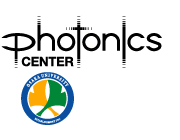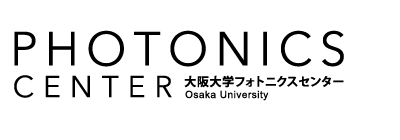【研究成果】2016年-
研究成果96
Promotion of protein crystal growth by actively switching crystal growth mode via femtosecond laser ablation
Yusuke Tominaga, Mihoko Maruyama, Masashi Yoshimura, Haruhiko Koizumi, Masaru Tachibana, Shigeru Sugiyama, Hiroaki Adachi, Katsuo Tsukamoto, Hiroyoshi Matsumura, Kazufumi Takano, Satoshi Murakami, Tsuyoshi Inoue, Hiroshi Y. Yoshikawa and Yusuke Mori
Nature Photonics(2016) doi:10.1038/nphoton.2016.202
We find that femtosecond laser ablation enables us spatiotemporally switch the crystal growth mode, which allows larger protein crystals to be obtained. In addition, the spatiotemporal features of our technique will be useful for controlling crystal shape, which is important for reducing anisotropic X-ray diffraction. We previously reported that femtosecond laser ablation of supersaturated solutions can trigger the nucleation of various compounds, including drug targeted proteins. Thus, the implementation of controlled nucleation and crystal growth by femtosecond laser ablation opens up the possibility of laser ablation for bottom-up fabrication and also enhance structure-based protein studies that have heretofore been considered extremely difficult.

The crystal growth mode is switched from 2D nucleation growth (left) to spiral growth (right) by femtosecond laser ablation. The spiral growth mode is energetically advantageous for growth at low supersaturation compared with the 2D nucleation growth mode, and thus enhances the crystal growth rate.



